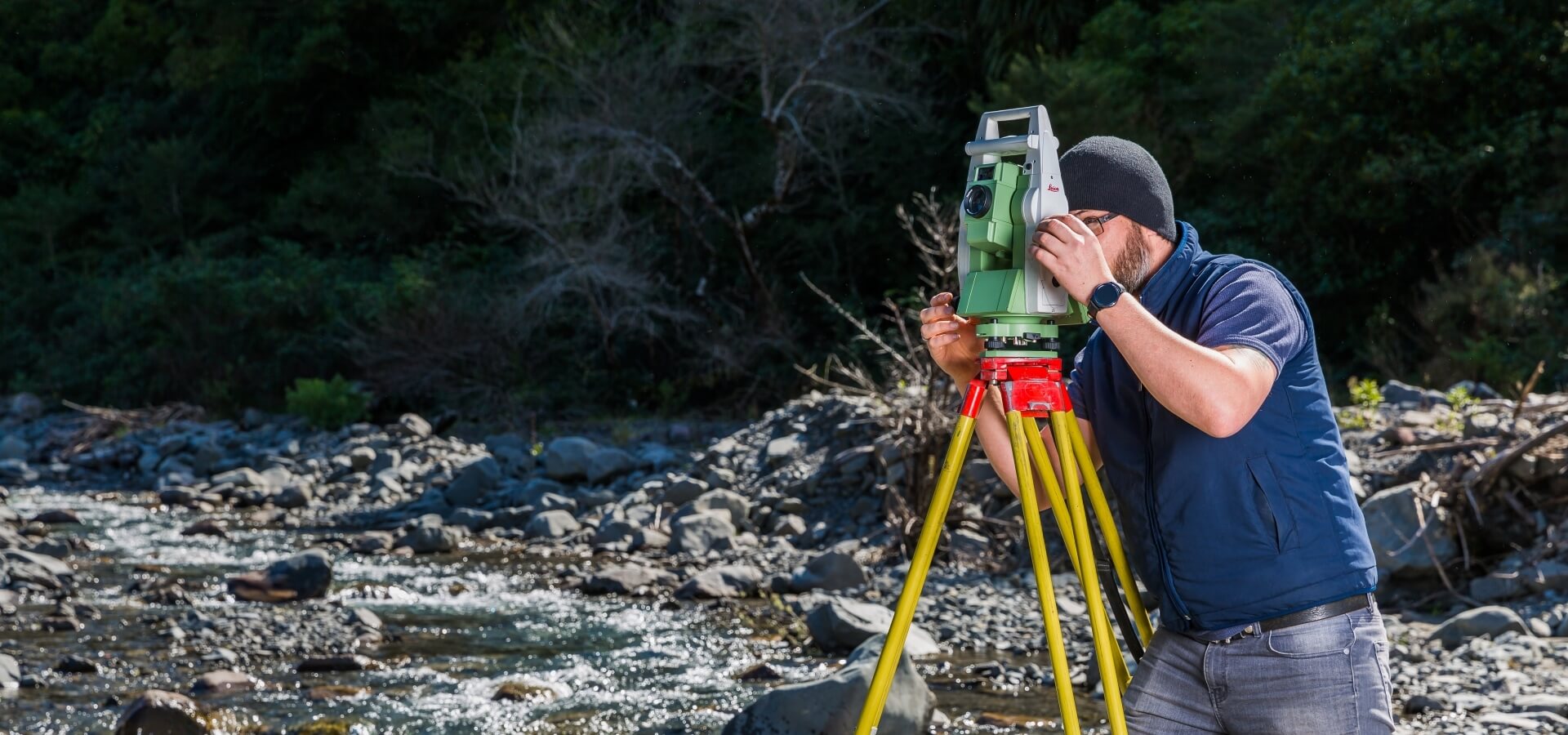Law college doesn't teach many about land surveys online, which leaves a lot of aspiring real estate attorneys in a quandary. Surveys frequently occupy the core of real-estate purchases and disputes. Within fact, surveys are usually central to MOST property matters, which include land conveyances, border disputes, and property development. Yet almost all beginning attorneys be short of even a basic understanding of the types of surveys. Despair not: this particular article provides a good summary of the types of surveys plus their intended functions.
DIFFERENT TYPES REGARDING SURVEYS
Knowing the group and purpose of some sort of survey can significantly increase the reader's understanding. This is definitely much the same as looking out an airline window: the area mls below can be incomprehensible unless you have some idea of precisely what to expect.
You will find roughly four overarching categories of studies: 1) boundary, 2) plat, 3) topographic, and 4) design. Everyone has their own purpose the following:

1. Boundary. Boundary surveys present the location of lots without dividing them into brand-new properties. The most typical subcategory is a 'record of survey', which can be the variety identified recorded with county auditor's offices. Additional subcategories include 'right of way' (road boundaries), ALTA / ACSM (surveys regarding land title policies), riparian (water boundaries), and boundary series adjustment.
2. Plat. Plats depict the particular division of properties. They basically take a single property and divide it into two or more pieces. For example, the plat might generate a subdivision, or even a 'short plat' might create a new small subdivision. These types of surveys can also illustrate multiple properties which usually coexist as a single lot-a condominium 'survey map plus plan. '
a few. Topographic. Topographical Surveyors Bristol show the "contours" of the property. The most basic and popular "contour" is change in elevation, frequently draw as ranges representative of a couple of foot rises or drops. Other common contours include complexes, roads, utilities, rivers, and trees. As opposed to boundary surveys in addition to plats, topographic studies typically do not necessarily concentrate on lot lines, though boundary traces could possibly be included for added perspective. A wetlands critical location survey is a good example associated with a topographic subcategory.
4. Construction. While the name indicates, construction surveys meet up with construction site in addition to planning needs. They thus often present roads, sewer lines, elevation changes, storm drain sections, strength lines, building proportions, physical obstruction, and any other features about which builders should be cognizant. Consider them the particular survey equivalent to a building's new drawings.
Before expressing any survey, first identify its kind and purpose. The clients will be glad regarding it later.
